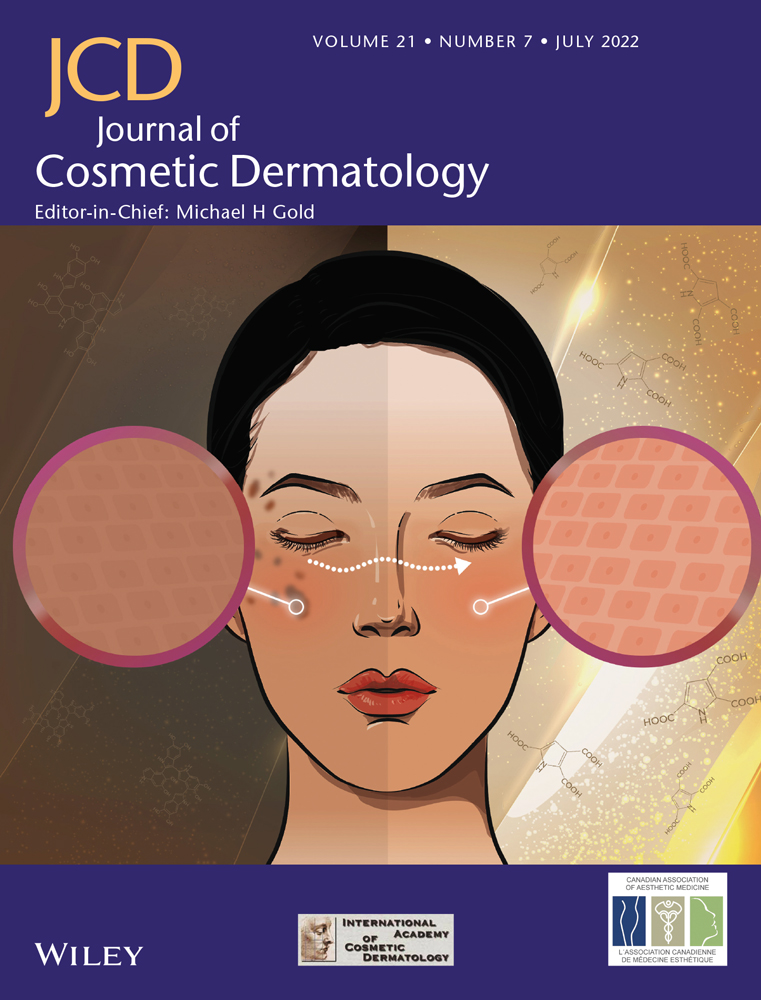A systematic review on the treatment of pediatric severe alopecia areata by topical immunotherapy or Anthralin (contact sensitization) or low-level light/laser therapy (LLLT): focus on efficacy, safety, treatment duration, recurrence, and follow-up based on clinical studies
[Correction added on October 22, 2021 after first online publication: The order of corresponding author names has been changed in correspondence section].
Abstract
Introduction
Alopecia areata (AA) in its extensive and severe forms is treatment-challenging, especially in pediatrics.
Method
A PRISMA-compliant systematic review of seven electronic databases was searched by the terms “alopecia areata,” “pediatric,” “topical immunotherapy,” “Anthralin,” and “light therapy” from inception until March 2021. All the alternative names of the disease and therapies have been included in the search terms. 790 articles went to title abstract review by two independent reviewers. In the subsequent level, a review of the full text of studies was conducted.
Results
Finally, 10 relevant articles in terms of content structure, subject coverage, and purpose, were selected for further review. The highest percentages of complete hair regrowth were 79.6% and 63.61% by SADBE (topical immunotherapy) and laser therapy. By Anthralin (contact sensitization), the complete response rate was below 50% (between 30 and 35%). Regarding average response, the most effective methods were local immunotherapy (with an average effectiveness of 53.8%), laser therapy (52.55%), and the use of Anthralin-induced contact dermatitis (30.86%), respectively. However, recurrence rate—after treatment with induced contact dermatitis by topical medications like Anthralin (contact sensitization)—was lower (mean 43.53%) in comparison with local immunotherapy (57%). In topical immunotherapy, light base therapy, and contact sensitization, the highest percentage of complete hair regrowth and the average response rate were (63.61% and 52.55%), (79.6% and 53.8%) and (32% and 30.8%), respectively. These methods are considered safe in children.
Conclusion
A high and more than 50% efficacy in hair regrowth could be expected by topical immunotherapy and light/laser therapy method. No serious side effects have been observed by these methods that are well tolerated in children. Therefore, a combination of local immunotherapy and light/laser therapy could be suggested for the treatment of extensive AA in children. The use of Anthralin could be associated with a lower but more durable response. These points are important for patient selection in individualized situations.
CONFLICT OF INTERESTS
All the authors declare that there is no conflict of interest.
Open Research
Data Availability Statement
The data supporting the findings of this study are available from the corresponding author upon reasonable request.




